Large Garden Ideas UK: Transform Your Outdoor Space
Are you dreaming of transforming your large garden in the UK? Creating a beautiful and functional garden space is an exciting journey, and there are countless ways to make the most out of your plot. From serene water features to inviting seating areas, the possibilities are vast.
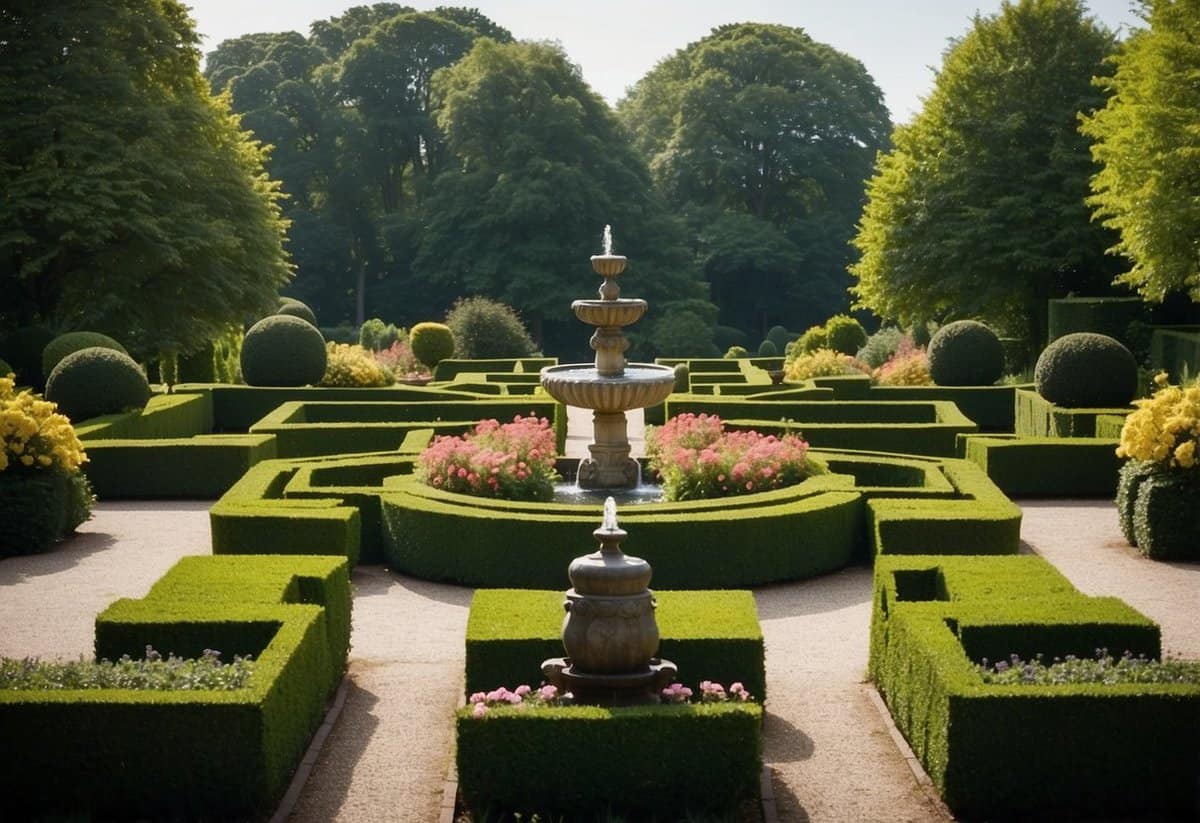
What are the best ways to enhance your outdoor space? Whether you want a lush green lawn, a vibrant flower-filled haven, or a modern minimalist retreat, every choice can reflect your personal style and meet your practical needs. With a few creative ideas and a bit of planning, your garden can become a cherished extension of your home.
1) Raised Flower Beds
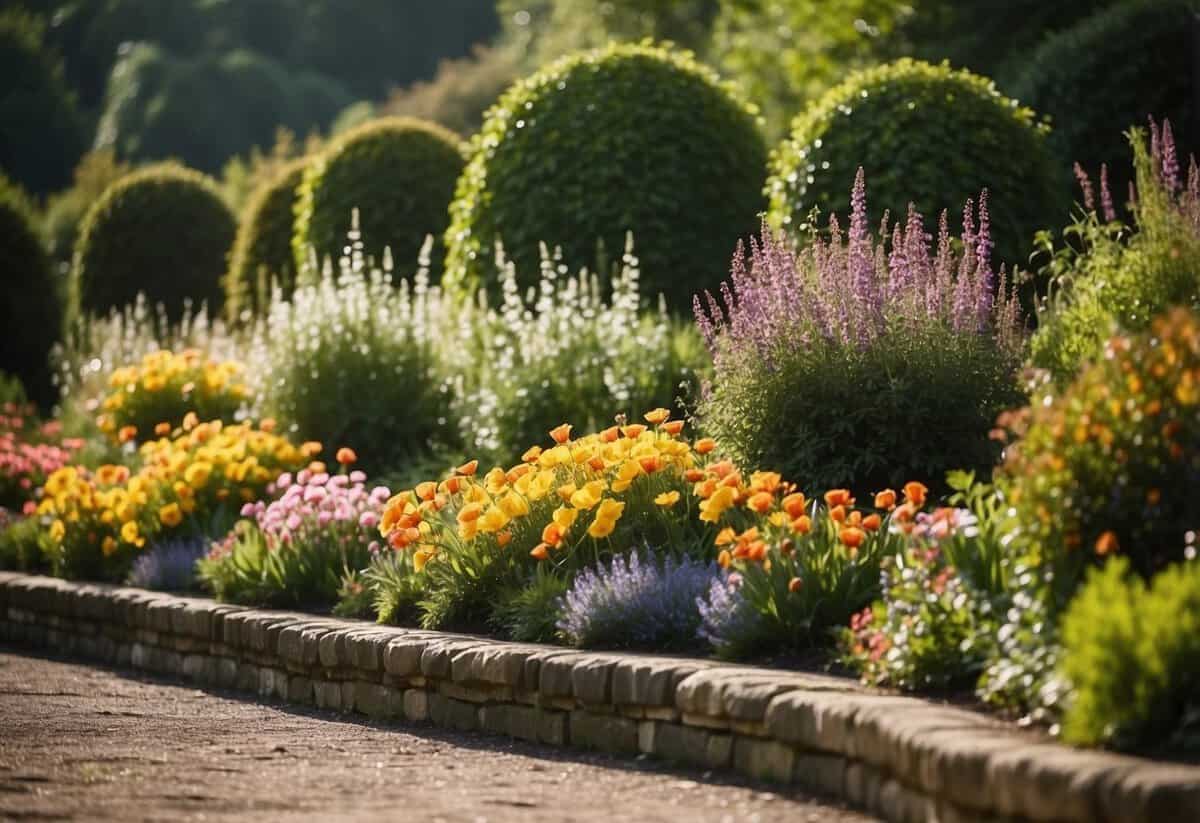
Raised flower beds can make your garden stand out. They add height and structure which can bring a new dimension to your space.
Using materials like bricks can provide strength and durability. Plus, bricks can be shaped into curves for added visual interest.
You can fill these beds with beautiful flowers like marigolds and cornflowers. Marigolds bring vibrant yellow and orange colors, while cornflowers add a burst of blue.
2) Pergolas with Climbing Roses

A pergola is a great addition to your large garden in the UK. They offer both shade and a beautiful structure for climbing roses.
Climbing roses like the Bridge of Sighs can add color and fragrance. They can make any pergola look stunning.
Consider varieties such as Cecile Brunner and New Dawn. These roses are known for their beauty and hardiness. Roses create a romantic and classic garden look.
3) Solar Garden Lights
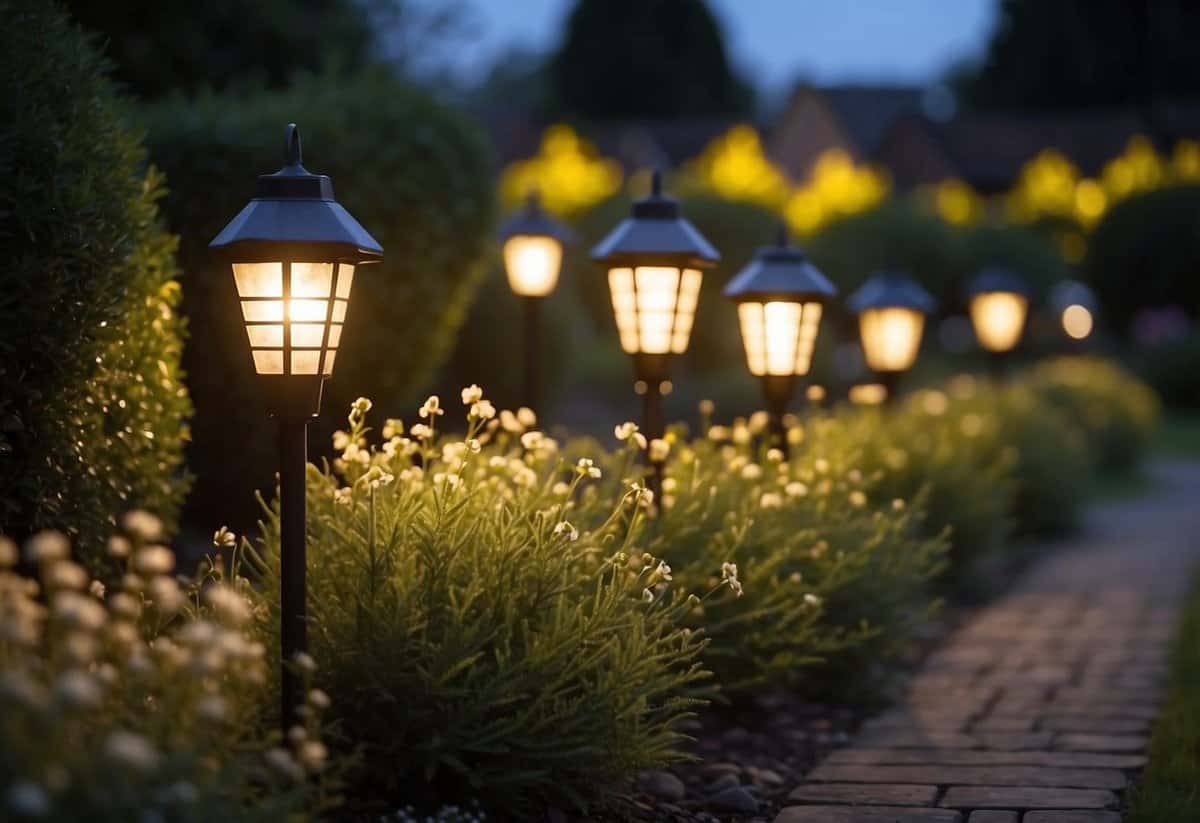
Adding solar garden lights to your outdoor space can make it more inviting. They are easy to install and eco-friendly since they use sunlight.
For a modern look, consider solar powered cubes, pebbles, and globes. These lights are large but simple and add a calm glow.
If you want variety, you might like the Geemoo Solar Flickering Dancing Flame Lights. These lights can give your garden a warm, flickering effect, perfect for creating a cozy atmosphere.
4) Wooden Garden Furniture

Wooden garden furniture adds warmth and charm to your outdoor space. If you’re looking for something stylish, the Vigo Outdoor Dining Table with four chairs is a great option. Made from acacia wood, it creates a welcoming dining area.
For a more relaxed seating arrangement, check out the Vichy Corner Set. This set features acacia wood frames and luxurious dew-resistant cushions, perfect for cozy afternoons.
Combining wood with other materials, like the John Lewis dining set with weather-resistant polyester rope, adds extra style and durability to your garden.
5) Garden Water Features

Adding water features can transform your garden. Simple options include using any watertight pot as a mini-pond, surrounded by lush plants. For a larger garden, consider bigger installations like ponds or fountains. These features can provide soothing sounds and a habitat for wildlife.
Explore different ideas such as a sleek rill or a modern sculpture with water elements to enhance the landscape.
6) Vegetable Patches

Creating a vegetable patch in your garden can bring fresh produce right to your table. Start by picking a sunny spot, as most vegetables need plenty of light.
Clear the area of weeds and turn the soil to improve drainage. You can follow tips from BBC Gardeners World Magazine for more detailed guidance.
Consider using raised beds or containers, which can be found in more detail on Horticulture.co.uk. Raised beds can make managing your garden easier and improve your soil quality.
7) Garden Hammocks
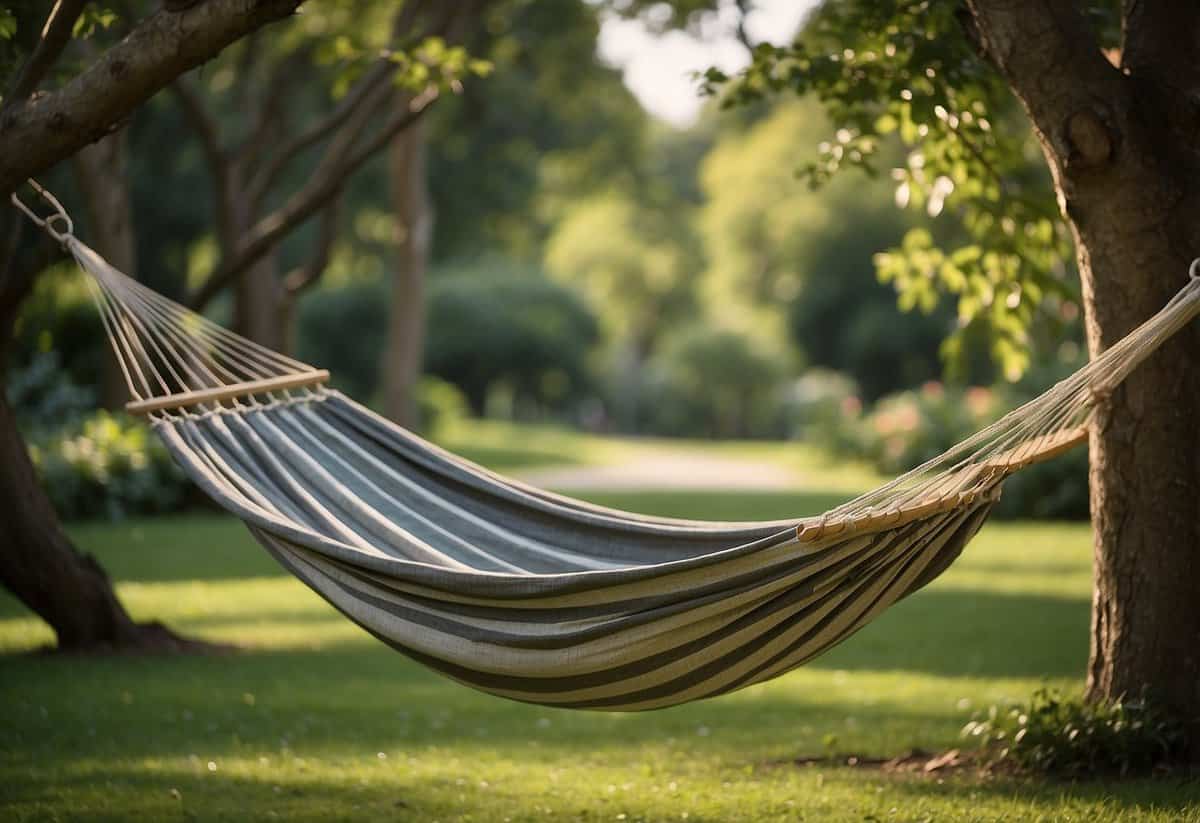
Garden hammocks offer a relaxing spot to enjoy the outdoors. A popular choice is the Waitrose Canvas Garden Hammock. It’s made from recycled denim and has a handy pocket for your book or phone.
Another option is the blush pink hammock chair with tassels. It has a hooped frame, perfect for a stylish garden.
For award-winning designs, check out Simply Hammocks. They have many sizes and styles to fit your garden needs.
8) Garden Paths with Pebbles

Garden paths with pebbles are a charming addition to any large garden. They add texture and color while keeping the walkways functional.
Pebbles can be used creatively around water features, adding interest and a sense of continuity in your garden design. Plus, pebbles help retain soil moisture.
Mix pebbles with other materials like concrete for a unique mosaic path. This can be a fun project to get the whole family involved.
9) Garden Sheds
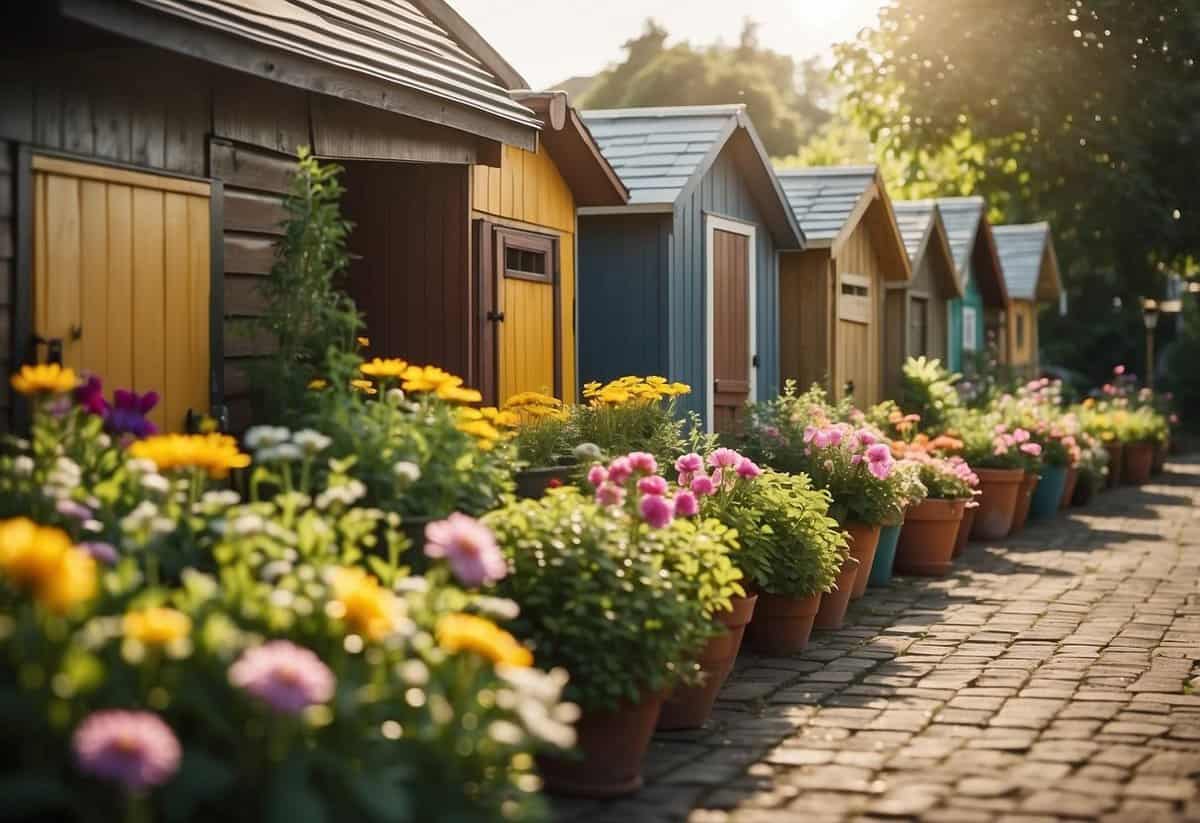
Garden sheds can be both practical and charming additions to your outdoor space. They offer storage solutions and can also serve as beautiful focal points.
A trellis-fronted shed can transform a simple structure into a cottage garden feature. Painting it in white or pastel shades and adding climbing plants like roses or jasmine creates a fairy-tale look.
You can also repurpose old structures, such as a shepherd’s hut, as unique garden sheds. This adds character and functionality to your garden.
10) Ornamental Trees
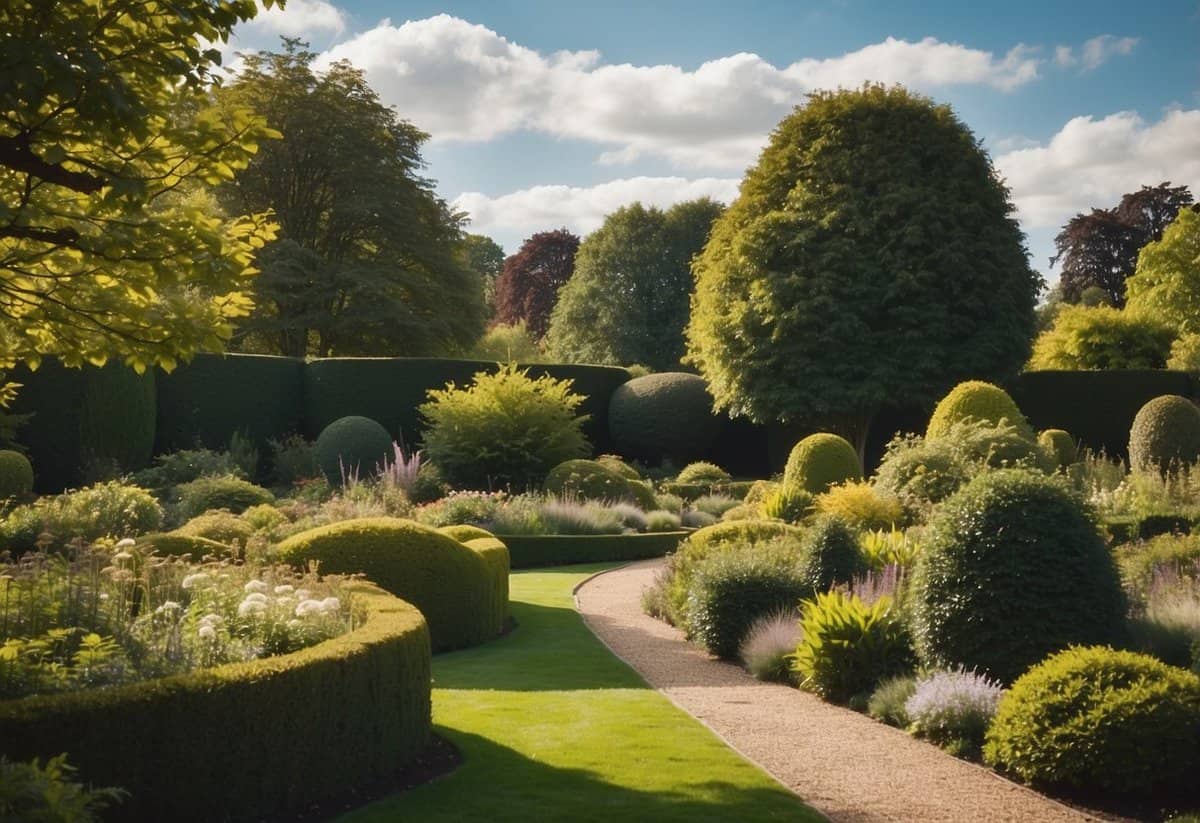
Ornamental trees can add beauty and interest to your garden. They come in many different shapes, sizes, and colors. You might like the idea of planting a silver birch with its stunning golden-yellow leaves in autumn.
Think about using a stake to support your young tree. This helps prevent wind from damaging it. Select a stake about a third of the tree’s height.
Adding ornamental trees can transform the look of your space and make it more inviting year-round.
Designing Your Large Garden
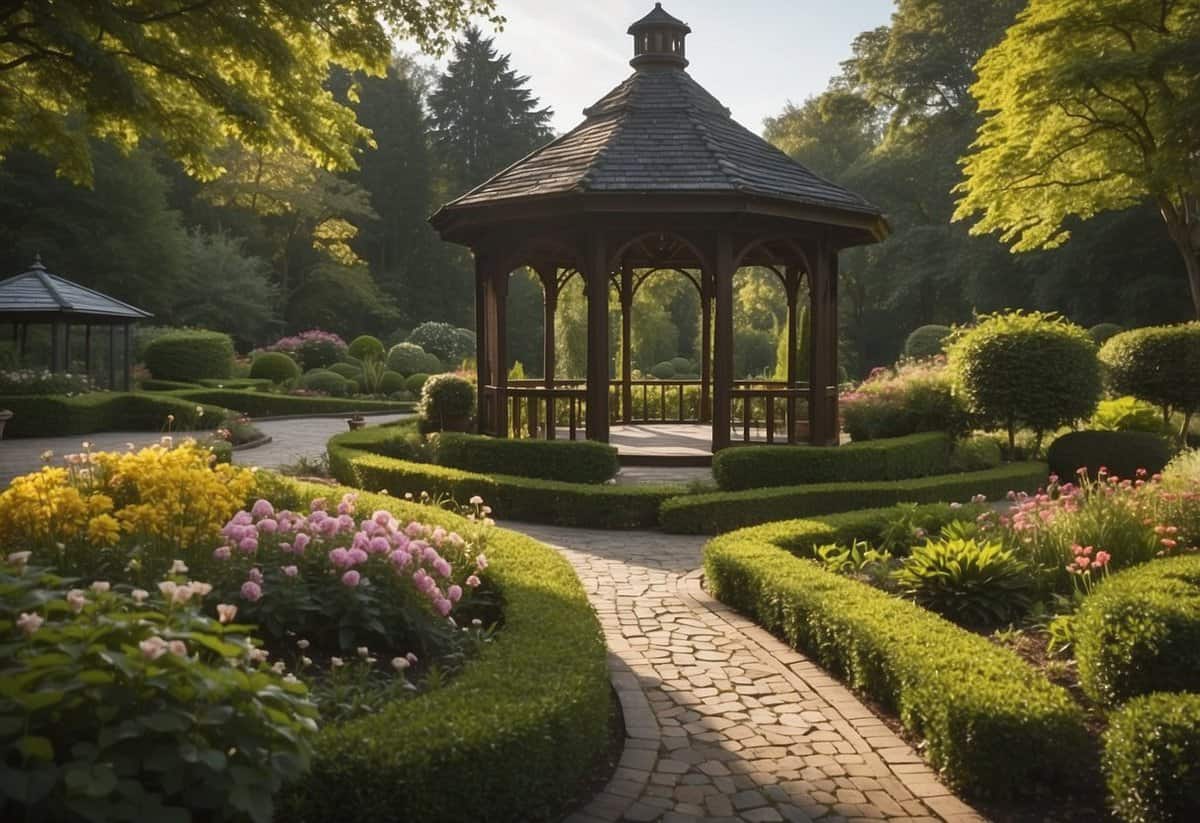
Creating a garden for a large space can be exciting. Focus on choosing an effective layout, adding interesting water features, and ensuring the right balance of sunlight and shade.
Choosing a Layout
Choose a layout that suits your needs and preferences. Formal layouts are great if you enjoy symmetry and order. These can include geometric shapes like squares and rectangles, which can give your garden a tidy appearance.
For a more relaxed feel, go with informal layouts. These usually feature curved paths and a mix of plants and flowers that look more natural. Regardless of the choice, consider adding pathways to make it easy to navigate through your garden. Use materials like gravel, stone, or paving to create these paths. Check out some amazing examples on Houzz UK for inspiration.
Incorporating Water Features
Water features can really elevate your garden’s appeal. Think about adding a pond or a fountain. A pond can create a serene environment, attract wildlife, and even become a home for fish and aquatic plants.
If space allows, install a stream or waterfall to bring in the soothing sound of running water. For smaller spaces, a simple water bowl or birdbath can also make a difference. Water features not only enhance beauty but also provide a cooling effect, making your garden a pleasant place to be. Check out these ideas on DIY.
Maximizing Sunlight and Shade
Getting the right balance between sunlight and shade is crucial. Plant taller trees or shrubs along the edges to act as shade providers. This is especially useful for creating cooler zones in your garden where you can sit and relax during hot days.
To maximize sunlight for your plants, make sure you plant sun-loving species in areas that receive the most daylight. Meanwhile, shady spots can be perfect for plants that thrive in less direct sunlight, like ferns and hostas. You can even add a pergola or arbor to get a mix of sunlight and shade, making your garden more versatile and comfortable. Discover more tips on Homebase.
Planting Ideas for Large Gardens
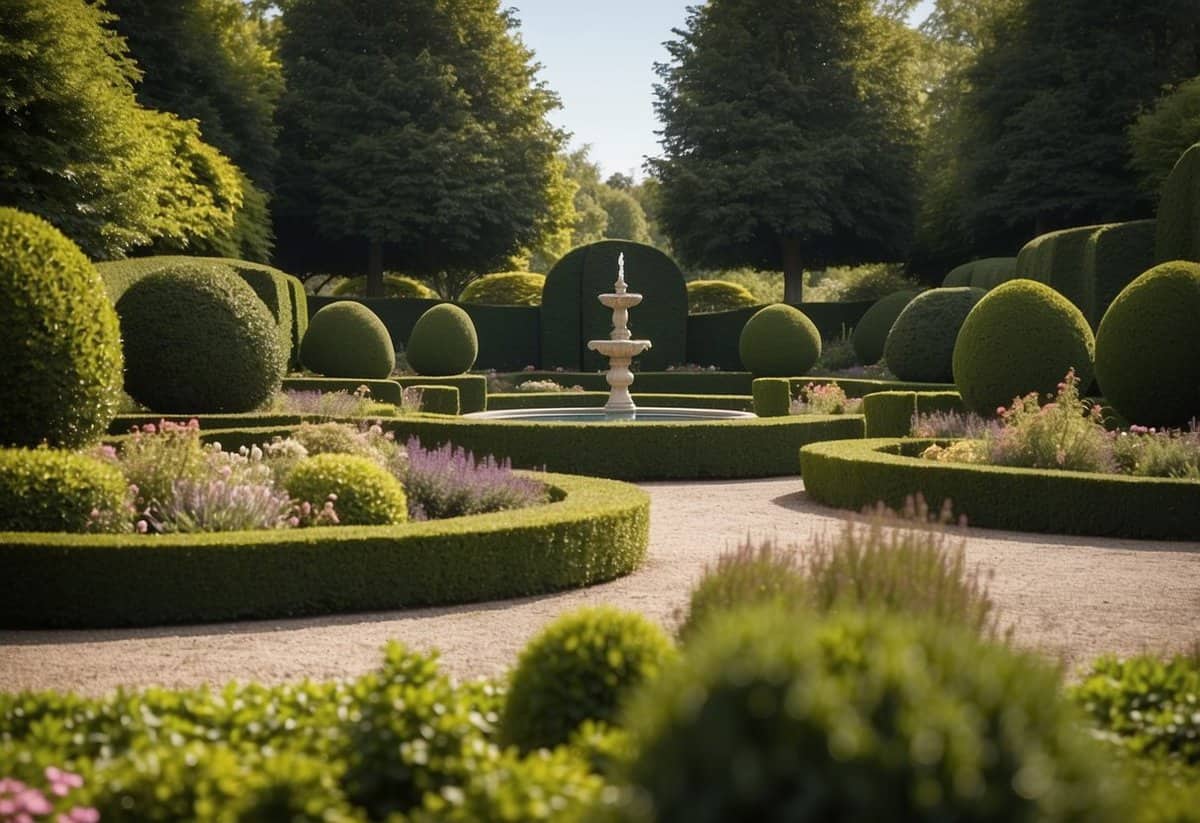
When planning your large garden, it’s important to select the right plants, use flower beds and borders efficiently, and consider creating a vegetable patch. These strategies help you maximize space and create a beautiful, functional garden.
Selecting Suitable Plants
Choosing the right plants for your garden depends on various factors like the climate, soil type, and maintenance level.
In the UK, native plants such as foxglove and bluebell can thrive well. They are adapted to local conditions and attract local wildlife, enhancing biodiversity. Consider trees and shrubs like oak trees or holly bushes for structure and height.
Perennials such as lavender and geraniums can add long-lasting color with minimal upkeep. For year-round interest, select a mix of evergreen and deciduous plants. This strategy ensures your garden looks appealing no matter the season.
Bulbs like daffodils and tulips, planted in clusters, bring splashes of vibrant color in spring.
Using Flower Beds and Borders
Flower beds and borders are great ways to organize and showcase your plants.
Define your garden’s structure by placing borders along paths or around patios. Using layers, plant taller species such as delphiniums at the back, medium-height plants like roses in the middle, and shorter plants like marigolds at the front.
Consider creating themed beds. A scented border can include lavender, roses, and jasmine for a fragrant garden section. For colder areas, opt for hardy perennials that can endure the winter months.
Mulching your beds with bark chips or gravel helps retain moisture and suppress weeds, making maintenance easier.
Creating a Vegetable Patch
A vegetable patch can be a rewarding addition to your large garden. Start with easy-to-grow vegetables like carrots, lettuce, and potatoes.
Select a sunny spot, as most vegetables need at least six hours of sunlight daily. Raised beds are a great option as they improve drainage and soil quality.
Companion planting can enhance growth and repel pests. For example, plant marigolds among tomatoes to deter aphids. Make use of vertical space by growing climbing plants such as beans or peas on trellises.
Rotating crops yearly helps prevent soil depletion and reduces disease risk. Invest in quality compost to enrich your soil and increase yields.
By carefully planning your vegetable patch, you can enjoy fresh, homegrown produce throughout the growing season.
Maintaining a Large Garden

When it comes to keeping a large garden looking its best, you need to focus on proper lawn care and regular pruning. These tasks may seem demanding but are key to a beautiful, manageable garden.
Lawn Care Tips
Keeping the lawn in good shape is one of the trickiest parts of maintaining a large garden. Start by mowing your lawn regularly. Cutting the grass too short can cause damage, so aim for a length of about 2.5 to 3 inches. Consistency is key, as shorter clippings decompose faster and provide nutrients back to the lawn.
Watering is another crucial aspect. Water deeply but less frequently to encourage roots to grow deeper. Ideally, water early in the morning to reduce evaporation.
Consider reducing the size of your lawn. Large lawns can be a chore, especially in hot weather. Adding gravel paths or more garden beds can reduce the area you need to mow.
Pruning and Trimming
Regular pruning keeps plants healthy and looking neat. For shrubs, trim them back after they bloom. This encourages new growth and maintains shape. Evergreen plants might need pruning only once a year, while others could need more frequent attention.
Tools matter for efficient pruning. Use a sharp pair of shears for smaller plants and a saw for thicker branches. Clean your tools to prevent the spread of disease.
Certain trees and plants benefit from shaping. Prune hedges and boxwoods to your desired shape but avoid cutting too much at once. Even fruit trees need regular trimming to produce better yields and remain strong.
By focusing on these essential tasks, you can manage and enjoy your large garden without feeling overwhelmed.







